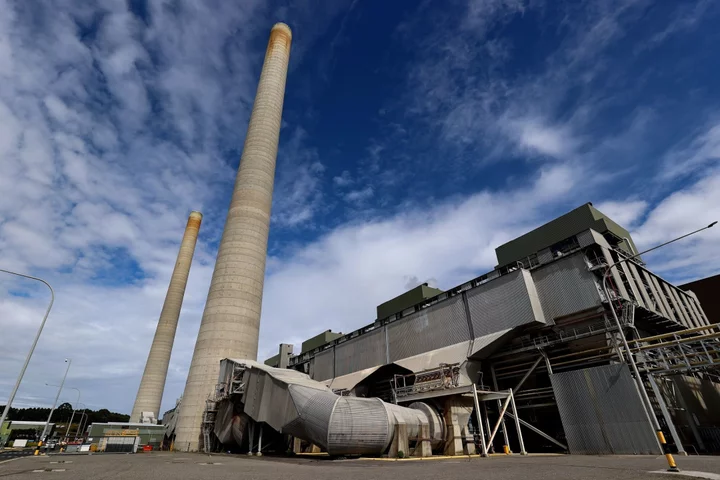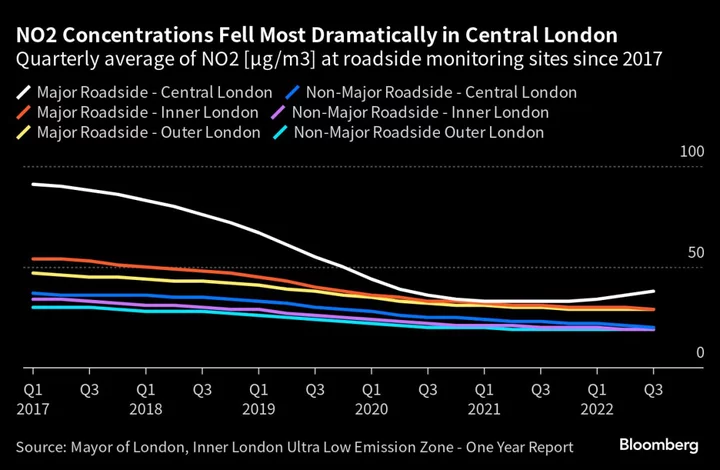Australia’s New South Wales state will hold talks with Origin Energy Ltd. over plans to shutter the nation’s largest coal-fired power station as soon as 2025 amid rising concerns about future energy supply.
Risks of delays to projects to add renewable generation capacity and energy storage, along with a need for additional transmission infrastructure, mean the state should seek a temporary extension to the operation of the Eraring plant, a report commissioned by the New South Wales government said Tuesday.
Origin’s Eraring, about 120 kilometers (75 miles) north of Sydney, currently supplies about a quarter of electricity to Australia’s most populous state. The utility, which is scheduled to be acquired by Brookfield Asset Management Ltd., previously accelerated a timetable for the site’s closure, citing poor profitability amid competition from lower cost energy sources.
Australia’s grid operator last month flagged risks of shortfalls in energy supply over the next decade as almost two-thirds of coal capacity is retired. While investment in large-scale renewable projects more than doubled last year, power demand is forecast to continue rising as the population grows.
New South Wales will streamline approvals for clean energy under efforts to spur faster development of renewables and other infrastructure, the state’s government said Tuesday in a statement. It will also focus on encouraging homes and businesses to add small-scale renewables.
“One of the biggest challenges facing New South Wales is ensuring we can keep the lights on while managing the biggest change in energy mix and consumption in the shortest period of time in our nation’s history,” state Premier Chris Minns said in the statement.
Sydney-based Origin will continue discussions with the state’s government and aim to “navigate the economic challenges facing the plant and avert any risk to the reliability of electricity supply,” the company said in a statement. “Origin does not shy away from the need to exit coal generation as soon as there is sufficient renewables, firming and transmission capacity available.”









